Introduction
In the realm of culinary traditions, pickling vegetables holds a special place, preserving the bounty of harvests for future enjoyment while infusing them with unique flavors. Among the myriad of pickled delights, sour cabbage, or sauerkraut as it’s known in some cultures, stands out for its tangy, probiotic-rich goodness. However, this article takes you on a journey beyond traditional cabbage pickling, introducing you to the art of pickling potherb mustard (Brassica juncea), also known as snow cabbage or Chinese kale, to create an exquisite and flavorful variant of sour cabbage. Potherb mustard, with its bold, slightly bitter taste and crisp texture, transforms into a delightful pickle when prepared correctly. Here’s how to pickle potherb mustard for the best sour cabbage experience you’ve ever had.
Understanding Potherb Mustard
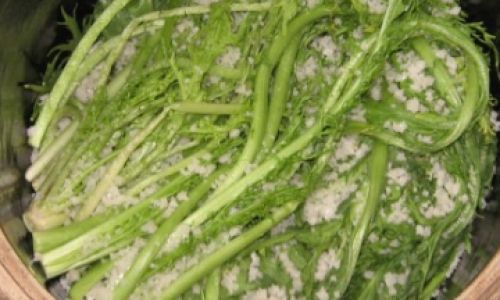
Before diving into the pickling process, it’s crucial to understand the unique characteristics of potherb mustard. This versatile vegetable belongs to the Brassica family, which includes broccoli, cauliflower, and kale. Potherb mustard is recognized for its dark green leaves, sturdy stems, and a flavor profile that ranges from mild to quite pungent, depending on the variety and maturity. Its leaves are rich in vitamins A, C, and K, along with minerals like calcium and iron, making it a nutritious addition to any diet.
When selecting potherb mustard for pickling, look for fresh, vibrant leaves with firm stems. Avoid leaves that are yellowing or have soft spots, as these indicate spoilage. The younger leaves tend to be more tender and mild in flavor, while older leaves can add a deeper, more complex taste to your pickles.
Preparing Potherb Mustard for Pickling
-
Cleaning and Trimming: Begin by thoroughly washing the potherb mustard leaves under running water to remove any dirt or debris. Pat them dry using a clean kitchen towel or let them air-dry. Once dry, trim off any thick stems or damaged parts. The goal is to have clean, leafy greens ready for shredding.
-
Shredding: For optimal pickling, shred the potherb mustard leaves into fine strips. You can use a sharp knife or a food processor fitted with a shredding blade. The finer the shreds, the quicker the fermentation process will be, and the more evenly the sour flavor will develop.
-
Salting: Salt is crucial in the pickling process as it draws out moisture from the vegetables, creating an environment conducive to beneficial lactic acid bacteria. Add approximately 2-3 tablespoons of non-iodized salt per pound of shredded potherb mustard. Mix the salt evenly with the shredded leaves, using your hands to gently massage and compress the mixture. This action helps to release the juices, forming a brine.
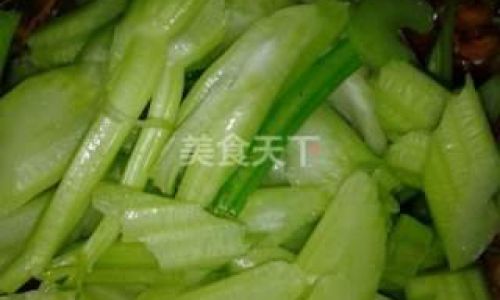
-
Packing: Transfer the salted potherb mustard into a clean, non-reactive fermentation vessel, such as a glass jar or ceramic crock. Pack the mixture tightly, pressing down to remove any air pockets and ensure the vegetables are submerged in their own juices. If necessary, you can weigh down the vegetables with a fermentation weight or a smaller jar filled with water to keep them submerged.
Fermentation: The Heart of Pickling
The fermentation process is where the magic happens, transforming simple vegetables into tangy, probiotic-laden pickles. Here’s how to manage it effectively:
-
Temperature Control: Ideal fermentation temperatures range between 68-75°F (20-24°C). Too cold will slow down fermentation, while too hot can encourage the growth of unwanted bacteria. If your kitchen is too warm, consider placing the fermentation vessel in a cooler spot or using a fermentation heater to maintain the optimal temperature.
-
Monitoring: During the first few days of fermentation, check the vessel daily to ensure the vegetables remain submerged and to monitor for any signs of mold or off-odors. A thin layer of bubbles or foam on the surface is normal and can be skimmed off. However, if you notice any dark, slimy patches or unpleasant smells, discard the batch and start anew.
-
Taste Testing: After about 3-7 days (depending on temperature and personal preference), begin taste-testing your pickled potherb mustard. The longer it ferments, the sourer it will become. Once you reach your desired level of sourness, it’s time to stop the fermentation process.
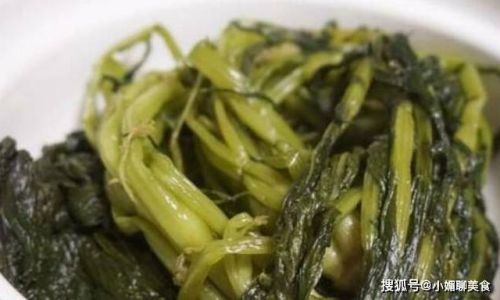
Stopping Fermentation and Storing Your Pickles
To halt fermentation, you have two options: refrigeration or pasteurization.
-
Refrigeration: Simply transfer the pickled potherb mustard to a clean jar, ensuring it’s tightly sealed, and store it in the refrigerator. Cold temperatures will slow down but not completely stop fermentation, so your pickles may continue to develop a bit more sourness over time.
-
Pasteurization: For a more stable product, you can pasteurize your pickles by heating them to a temperature that kills off any remaining bacteria. This method is more involved and requires careful temperature control to avoid cooking the pickles and losing their crisp texture. After pasteurization, store the pickles in a cool, dark place.
Serving and Enjoying Your Pickled Potherb Mustard
Pickled potherb mustard adds a vibrant, tangy note to a wide array of dishes. Use it as a side dish, a topping for burgers or hot dogs, or incorporate it into salads, sandwiches, and wraps. Its bold flavor pairs well with creamy cheeses, roasted meats, and grain-based dishes like rice or pasta.

Conclusion
Pickling potherb mustard is a delightful way to preserve this nutritious vegetable while enhancing its flavor profile. By following the steps outlined above, you can create a batch of sour cabbage that is not only delicious but also packed with health benefits. Remember, the art of pickling lies in patience and attention to detail. Experiment with different fermentation times, salt levels, and even additional spices or herbs to find the perfect balance for your taste buds. Happy pickling!

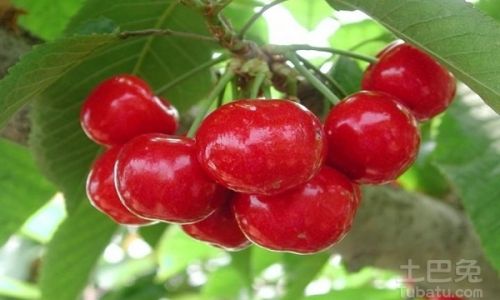
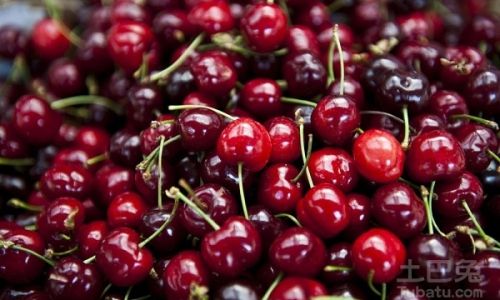
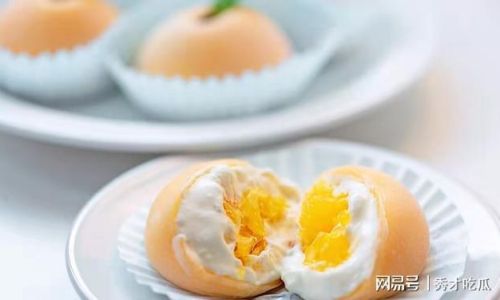
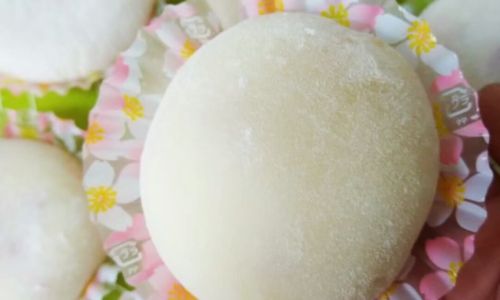
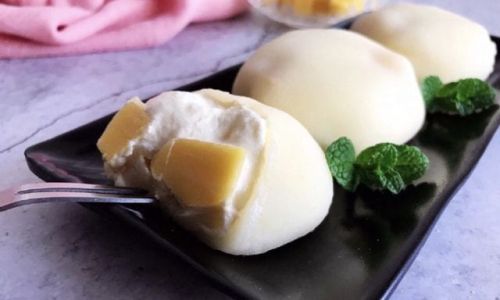
0 comments